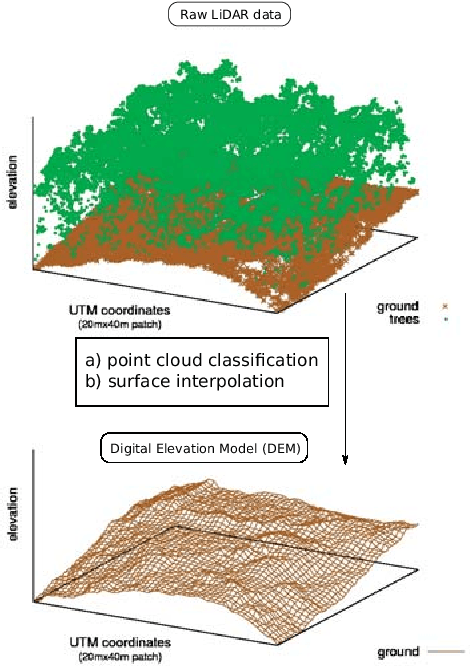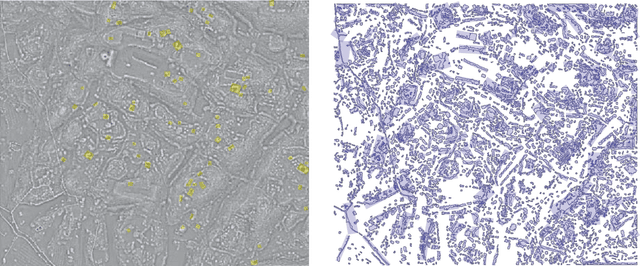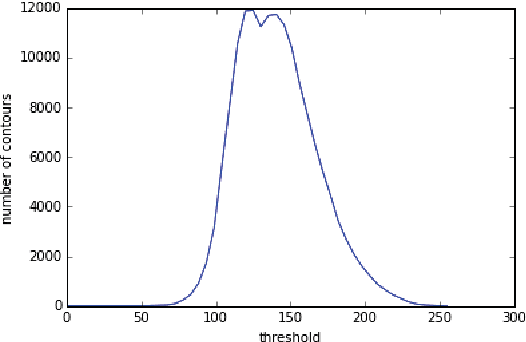Chris Fisher
Learning and Recognizing Archeological Features from LiDAR Data
Apr 05, 2020



Abstract:We present a remote sensing pipeline that processes LiDAR (Light Detection And Ranging) data through machine & deep learning for the application of archeological feature detection on big geo-spatial data platforms such as e.g. IBM PAIRS Geoscope. Today, archeologists get overwhelmed by the task of visually surveying huge amounts of (raw) LiDAR data in order to identify areas of interest for inspection on the ground. We showcase a software system pipeline that results in significant savings in terms of expert productivity while missing only a small fraction of the artifacts. Our work employs artificial neural networks in conjunction with an efficient spatial segmentation procedure based on domain knowledge. Data processing is constraint by a limited amount of training labels and noisy LiDAR signals due to vegetation cover and decay of ancient structures. We aim at identifying geo-spatial areas with archeological artifacts in a supervised fashion allowing the domain expert to flexibly tune parameters based on her needs.
 Add to Chrome
Add to Chrome Add to Firefox
Add to Firefox Add to Edge
Add to Edge